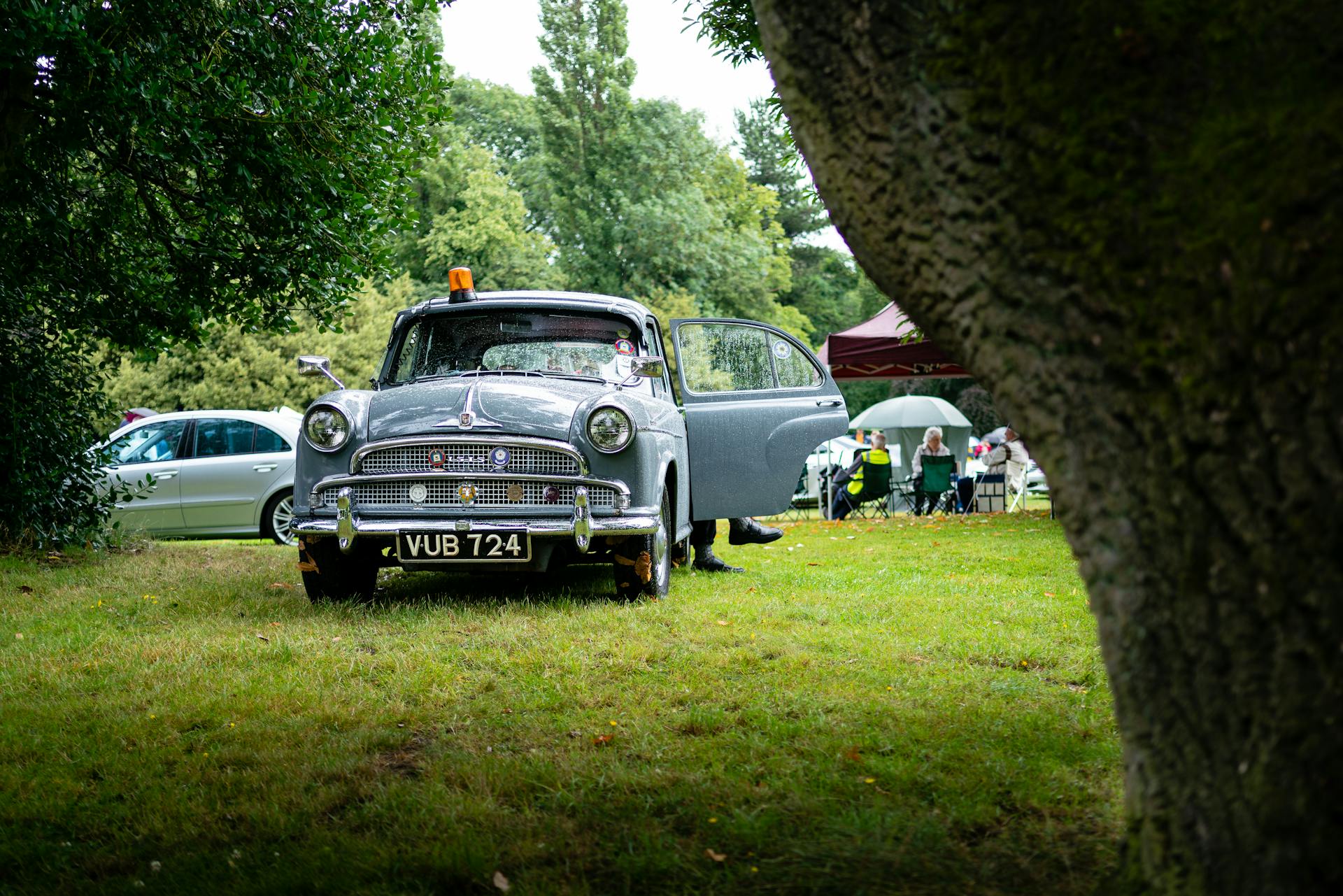
Planning your first local event can feel overwhelming, but with a clear plan, you can turn your idea into a successful gathering. This guide breaks down the process into 10 simple steps, helping you stay organized and stress-free while creating a memorable experience for your community.
Step 1: Define Your Purpose and Goals
Every great event starts with a purpose. Are you aiming to raise funds for a charity, build awareness for a cause, or simply bring people together for fun? Clearly defining your goal will shape every decision, from venue choice to marketing.
Set SMART goals: Specific, Measurable, Achievable, Relevant, and Time-bound.
For example: “Raise £1,000 for local charity XYZ by hosting a community music night with 100 attendees.”
Step 2: Understand Your Target Audience
Your audience is at the heart of your event. Knowing their interests, needs, and preferences will guide your planning. Are you catering to families, young professionals, or hobby enthusiasts?
Engage your community early by conducting surveys or polls. For example, a community sports event might target families, while a networking mixer might appeal to local entrepreneurs.
Step 3: Create a Budget
Set a budget to keep your event financially viable. Include all costs, such as venue hire, permits, equipment rental, refreshments, marketing, and contingency funds.
Look for ways to save, like partnering with local businesses or asking for donations. Tools like Google Sheets or budgeting apps can help you track expenses and ensure you stay within limits.
Step 4: Assemble Your Team
You can’t do everything alone! Identify roles such as event manager, volunteer coordinator, and marketing lead. Building a reliable team ensures all aspects of your event are covered.
Ask friends, family, or community members for help. Create clear job descriptions and communicate frequently to keep everyone aligned.
Step 5: Choose a Suitable Venue
The right venue can make or break your event. When evaluating options, consider factors like:
Capacity: Can it accommodate your expected audience?
Accessibility: Is it easy for everyone to reach, including those with mobility challenges?
Facilities: Does it have parking, restrooms, and power outlets?
Community halls, parks, and local schools often provide affordable options.
Step 6: Develop a Timeline and Checklist
An event timeline keeps you organized and reduces stress. Start with your event date and work backward, listing major milestones.
Example:
6 months before: Set your budget, book the venue.
3 months before: Launch marketing campaign, confirm sponsors.
1 week before: Test equipment, finalize attendee list.
Use free tools like Trello or Asana to track tasks and deadlines.
Step 7: Get Necessary Permits and Insurance
Ensure your event complies with local regulations. Depending on your activity, you may need:
Permits for public spaces.
Licenses for selling food, alcohol, or playing music.
Insurance to cover liabilities.
Check with your local council for specific requirements and deadlines.
Step 8: Market Your Event
Promotion is key to getting people through the door. Use a mix of strategies to spread the word:
Social Media: Create engaging posts and event pages on Facebook, Instagram, or TikTok.
Flyers and Posters: Distribute these at local businesses, schools, and community centers.
Local Partnerships: Partner with community influencers or businesses to expand your reach.
Use free tools like Canva to design professional-looking marketing materials.
Step 9: Plan the Day-Of Logistics
A detailed schedule ensures smooth operations on the event day. Outline timings for setup, activities, and breakdown. Assign roles to team members so everyone knows their responsibilities.
Prepare for the unexpected with contingency plans. For instance, if your event is outdoors, have a rain backup plan.
Step 10: Follow Up and Evaluate
The work doesn’t end when the event is over! Follow up with attendees to gather feedback. Send surveys or ask for informal comments to learn what worked and what didn’t.
Celebrate successes with your team and sponsors, and use lessons learned to make your next event even better.
Finally
Planning a local event doesn’t have to be daunting. By breaking it down into clear steps, you can create a memorable experience for your community while staying organized and stress-free.

.png)
